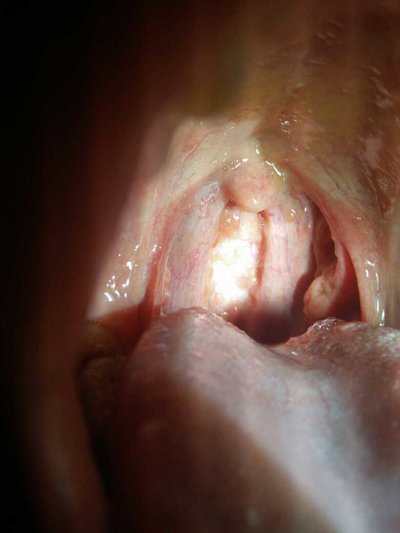Hermaphroditism
summary
Hermaphroditism refers to an individual's sexual organs have male and female performance, its occurrence is due to sex chromosome aberration, abnormal androgen secretion leading to abnormal development of embryonic sexual organs. If there are both testes and ovaries in the same body, the external genitalia and the secondary sexual characteristics are between the two sexes, it is called true hermaphroditism. If the gonad and genitalia are not consistent, it is called pseudohermaphroditism. If the external genitalia is similar to female and the internal genitalia is testis, it is called male pseudohermaphroditism. On the contrary, the external genitalia is similar to the male internal genitalia, which is called female pseudohermaphroditism. Hermaphroditism? Let's talk about it
Hermaphroditism
About 3 / 4 of the children were raised as boys, and scrotal dysplasia was like labia major. Most gonads can be felt in the groin or scrotum.

Patients in the development stage generally appear female secondary sexual characteristics, such as breast hypertrophy, female body type, pubic hair is female like distribution, menstruation may occur. This is because any karyotype of true hermaphroditism has ovarian tissue, and the structure of ovary is relatively perfect,

Therefore, most of the true hermaphroditism ovaries can secrete estrogen during the development period, and they also secrete progesterone during ovulation, so the female secondary sexual characteristics can appear. However, most of the patients with late breast development have uterus and vagina vaginal openings in the urogenital sinus. The common uterine development disorders are dysgenesis and absence of cervix.

matters needing attention
It is very important to choose the right gender for the patients' physical and mental health and development. It is generally believed that gender determination before the age of 2-3 can avoid the occurrence of psychological abnormalities. In the past, the sexual orientation of true hermaphroditism was mainly based on the shape and function of the external genitalia, rather than on the gonad, internal genitalia structure or karyotype. In recent years, true hermaphroditism, especially the karyotype of 46, XX, is more likely to be transformed into female.













